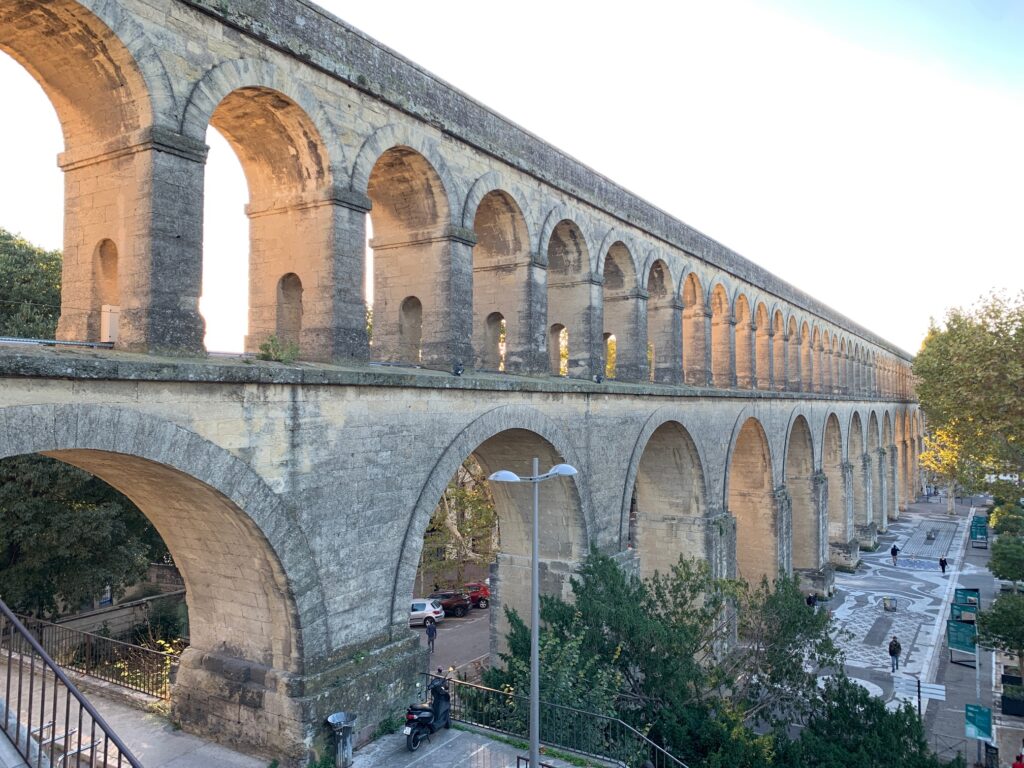Aqueduc Saint-Clement in Montpellier
Highlights
Explored the cities/towns of Arles, Avignon, Carcassonne, Lourdes and Montpelier. These towns and cities are located in Southern France, West of Marseille.
Time of Visit: October – November 2023
Duration of Visit: 12 Days
Description
Traveling really opens people’s understanding of the world. We had no idea of the richness of Southern France’s history. Avignion was the former home of the Pope. Roman influence is strongly displayed in Arles historic buildings which includes a coliseum and a Roman theater. The famous painter Vincent Van Gogh once called Arles home and produced several masterful paintings there.
Carcassonne has a medieval walled city on top hill and within it, a complete castle. Lourdes is famous for the apparition of the Virgin Mary to St. Bernadette. Montpelier, though not well known, is home to the oldest medical school in the world and a Roman aqueduct.
Arles
Time Spent: Three Nights


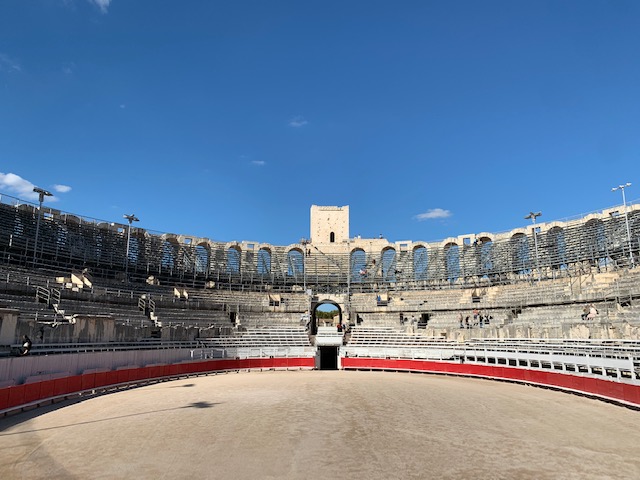

Arles is a small city in southern France between the cities of Marseilles and Monpellier. It is rich in history despite being relatively unknown compared to other French tourist destinations such as Paris or Nice. Arles has deep Roman influence. The most notable structures of Roman influence are the amphitheater and an open air Roman theater that dates back to the 1st century B.C. There are also the baths of Constantine which is a large public bathhouse of which only a third of it has been preserved.
Perhaps the most enlightening moment we had on our Arles visit was that Vincent Van Gogh and Pablo Picasso lived there. The town pays tribute to Van Gogh by placing replicas of his painting at the locations where the painter set up his easel to paint his artworks. We were able to find six of them. There is a museum that showcases some of Picasso’s work too.
Click here for more details about Arles.
Avignon
Time Spent: Day Trip from Montpellier
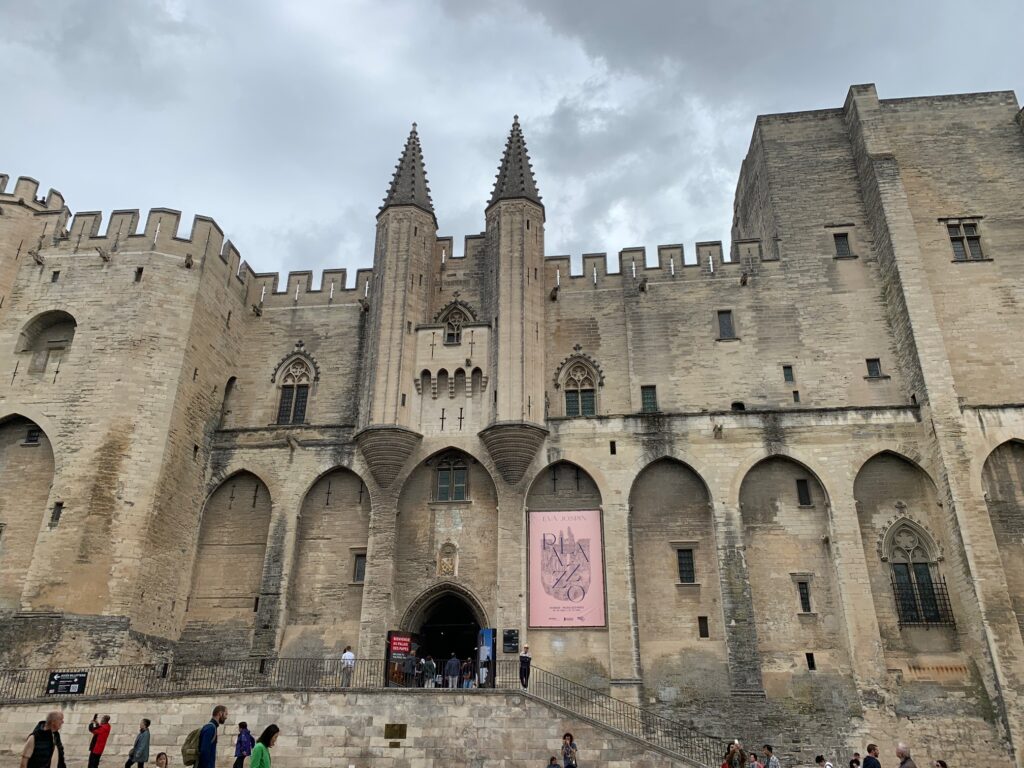

Avignon is a walled city located on the Rhône River. The wall is nicely preserved and even the entry gate is still used though it is only wide enough for one vehicle.
Avignon is known for the Palais des Papes or the former home of the Pope back in the 14th century. Avignon’s historic center and the Palais des Papes is a UNESCO World Heritage Site because of its architectural and historical importance to the papacy. The palace is huge.
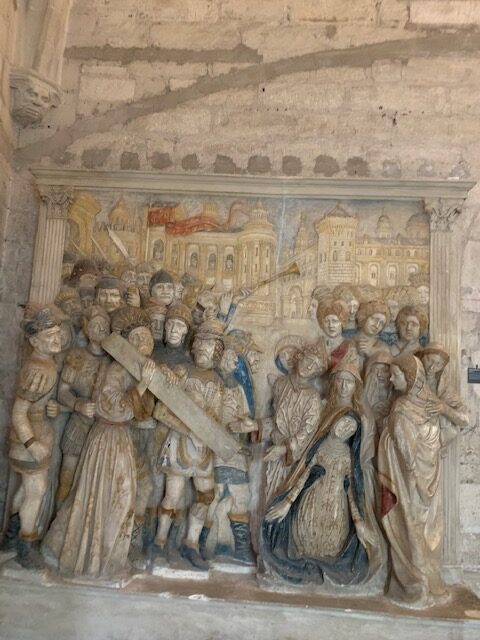

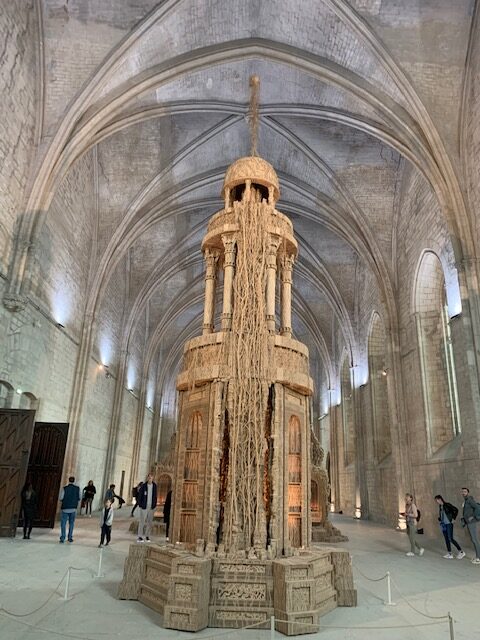

Next to the palace is the Jardins du Palais des Papes or the Gardens at the Pope’s Palace. The garden is a green area filled with shrubs and hedges that are meticulously trimmed. It is a place for contemplation and relaxation. There is an entry fee to visit the palace and the garden.
North of the palace and the garden are the cathedral and the Jardin des Doms. Both the cathedral and the Jardin des Doms are free to visit. A short uphill walk is required to reach the Jardin des Doms where you will be treated to sweeping views of the river and the surrounding countryside below. There are several benches and shade trees in this garden, perfect for taking a break before continuing with the rest of what Avignon has to offer.
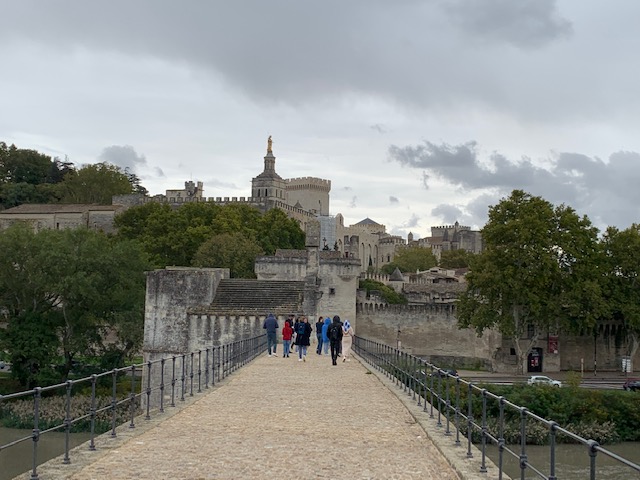

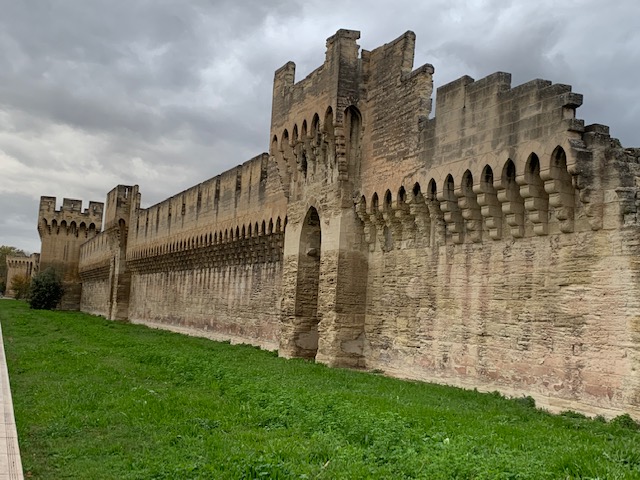

The remaining historical landmark in Avignon is the Pont Saint-Benezet (Le Pont d’Avignon) or St. Bénezet Bridge. The stone bridge was built in the 13th century and used to span across the Rhône River for more than half a mile. It had 22 arched spans until a devastating flood in the 1600’s took most of it out. Today, only four arched spans remain, extending about halfway into the river. For a fee, visitors can walk on the bridge and read written exhibits on how the bridge was built. There is also the small St. Nicolas Chapel in one of the bridge towers. The chapel is no longer used and sits empty.
There is no shortage of shops and restaurants within the walled city of Avignon.
Carcassonne
Time Spent: Three Nights


Carcassonne’s draw is a medieval town and castle enclosed within double fortified walls. The town and castle are located on top of a hill. There are multiple circular towers along the fortification walls. The buildings within the fortified area are made of stones that house shops and restaurants. If the merchants within the fortified town were dressed in medieval costumes, it would be like going back in time.
For a fee, visitors can tour the Château Comtal (castle), go up to a few towers and walk a significant section of the fortification walls as if getting ready to repel outside invaders. Visitors get sweeping views from the towers and walls. There are multiple exhibits within the castle that showcase the history behind the fortified city.
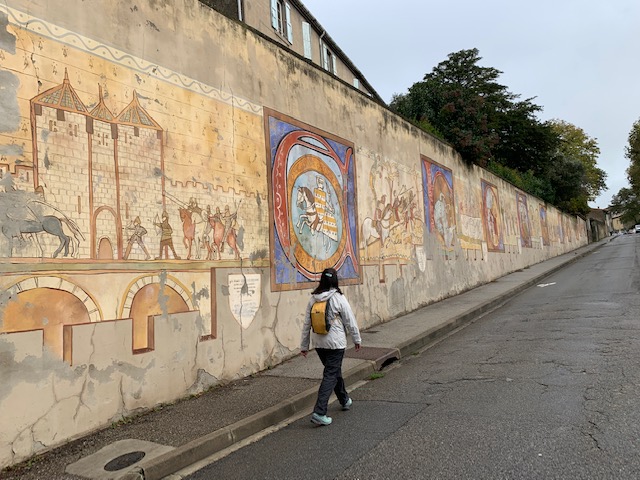

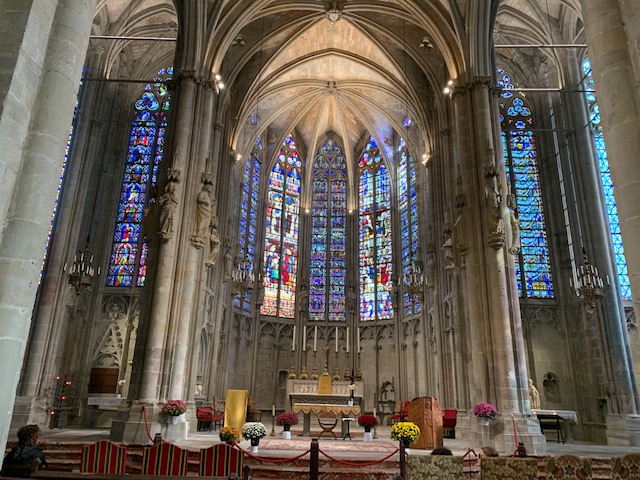

There is the Basilique Saint Nazaire, a large Gothic cathedral that sits on the south side of the fortified town. The cathedral has large stained glass windows with intricate patterns and colors. Next to the cathedral is the Théâtre Jean-Deschamps, a large outdoor amphitheater that seats around 5,000. The amphitheater hosts many plays and events including the annual Festival of the Cite in the summer.
One of the signature dishes in Carcassonne is the cassoulet. The cassoulet we tried here consisted of beans with fried duck, sausage, some pork and bacon served in a thick, simmering soup within a clay bowl. Not the healthiest of foods but certainly tasty and delicious.
Lourdes
Time Spent: Three Nights
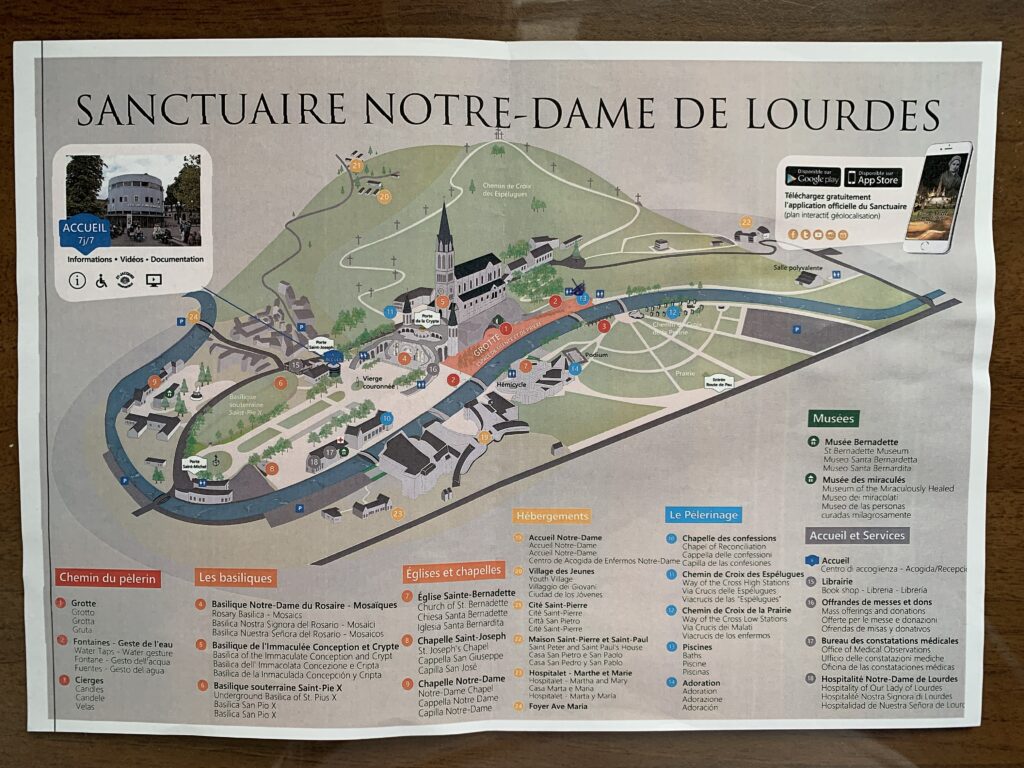

About three million people a year from all over the world make the pilgrimage to Lourdes. Most of them make the pilgrimage to have a spiritual journey and reflection, experience its comfort and hope for healing through its water. The destination is the Sanctuaire Notre Dame de Lourdes. The sanctuary’s focal point is the Massabielle Grotto.
The Massabielle Grotto is the very place where the Virgin Mary appeared in 1858 eighteen times in front of a teenage peasant girl by the name of Bernadette Soubirous, now referred to as Saint Bernadette. It is also the site of the spring that Bernadette dug after being instructed by the Virgin Mary on the ninth apparition. Bernadette claimed that the Virgin Mary instructed her to “Go and drink from the spring and wash yourself there”. After this discovery, people came to the spring to drink the water and splash it on their faces. The first miraculous healings occurred in the days that followed. The Lourdes spring became a place of pilgrimage in itself and offered new hope for millions of sick people worldwide.
Today, there are multiple taps on either side of the grotto where pilgrims can collect water that has been piped from the spring.
The Piscines du Sanctuaire Notre Dame de Lourdes which is to the right of the grotto is where the ninth apparition ritual is practiced. Here, volunteers guide pilgrims on how to perform the ritual. The ritual is a four step process.
First the pilgrim silently prays to the Virgin Mary and states his or her intentions. Then one of the volunteers will come holding a pitcher of the healing water. The volunteer will pour the water out of the pitcher three times. The pilgrim is to catch the poured water with his or her hands each time. The first pour is to wash the hands. The second pour is to wash the face. The last pour is to drink the water.
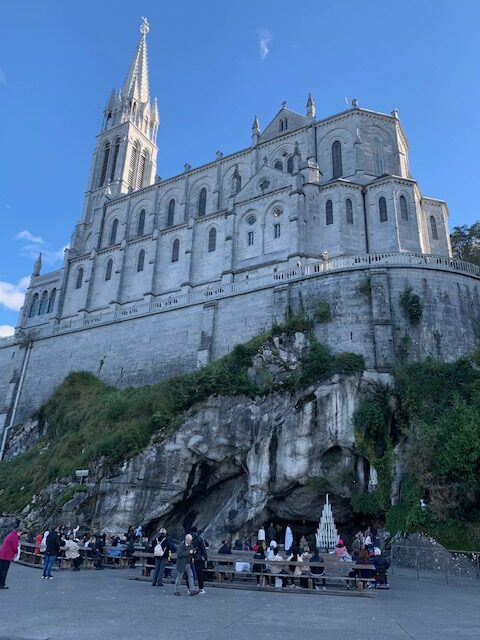

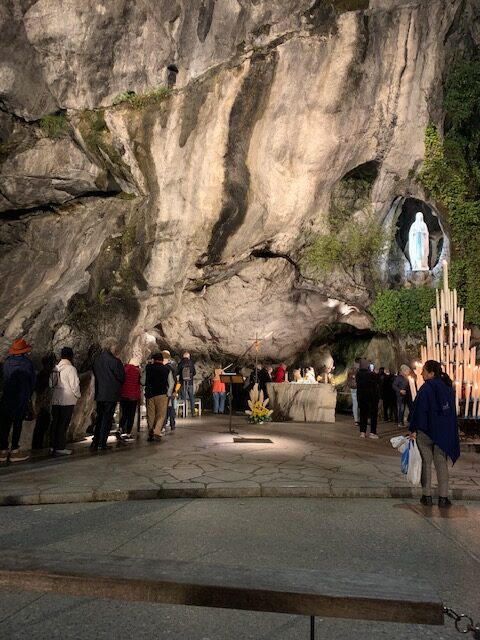

The Grotto of Massabielle is a must for all visitors to the Shrine of Lourdes, whether they are ordinary visitors or believers. The visit to the Grotto is silent. Most people touch the grotto walls with their fingers in respect or to make a wish or a prayer. Nightly candlelight processions are organized too that begins and ends at the grotto.
Other places that pilgrims pay homage to while in Lourdes are the Basilica of the Immaculate Conception and Crypt and the Basilica of Our Lady of the Rosary. The Basilica of the Immaculate Conception, also named the Upper Basilica, is the oldest at the sanctuary. It is constructed directly above the grotto. The basilica has a series of stained glass windows relating to the events in Lourdes as well as the immaculate conception.
Montpellier
Time Spent: Three Nights
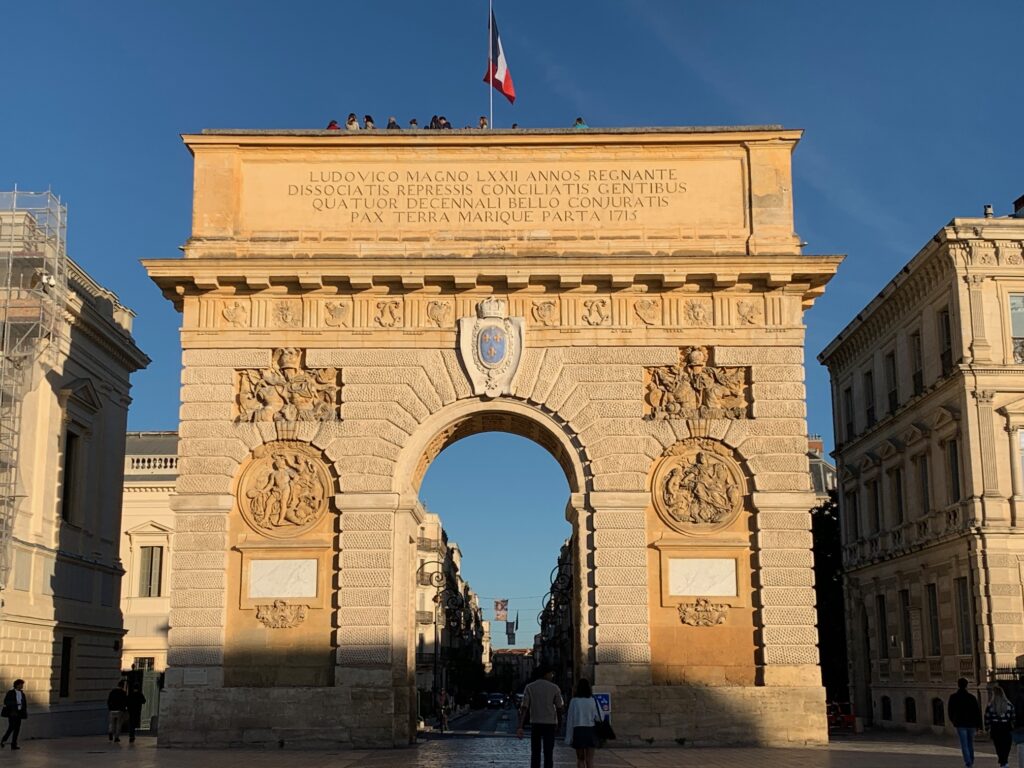

We never heard of Montpellier prior to going to Southern France. Surprisingly, Montpellier is a fun city to explore. It is home to the oldest medical school in the world. It also has realistic murals, a Roman aqueduct and a smaller version of the Arc de Triomphe in Paris.
Most of the attractions listed here are all walking distance from the main train station. We spent almost an entire day exploring Montpellier.




Our first stop was the Place Edouard Adam. This is a small plaza by a busy intersection. The attraction is not the plaza but the realistic mural painted on the side of a four story building. Next was the Eglise Saint-Roch de Montpellier which is an old church with stained glass windows. Perhaps the big surprise was the building in front of the church. The building also has a realistic mural that is enjoyable to look at.
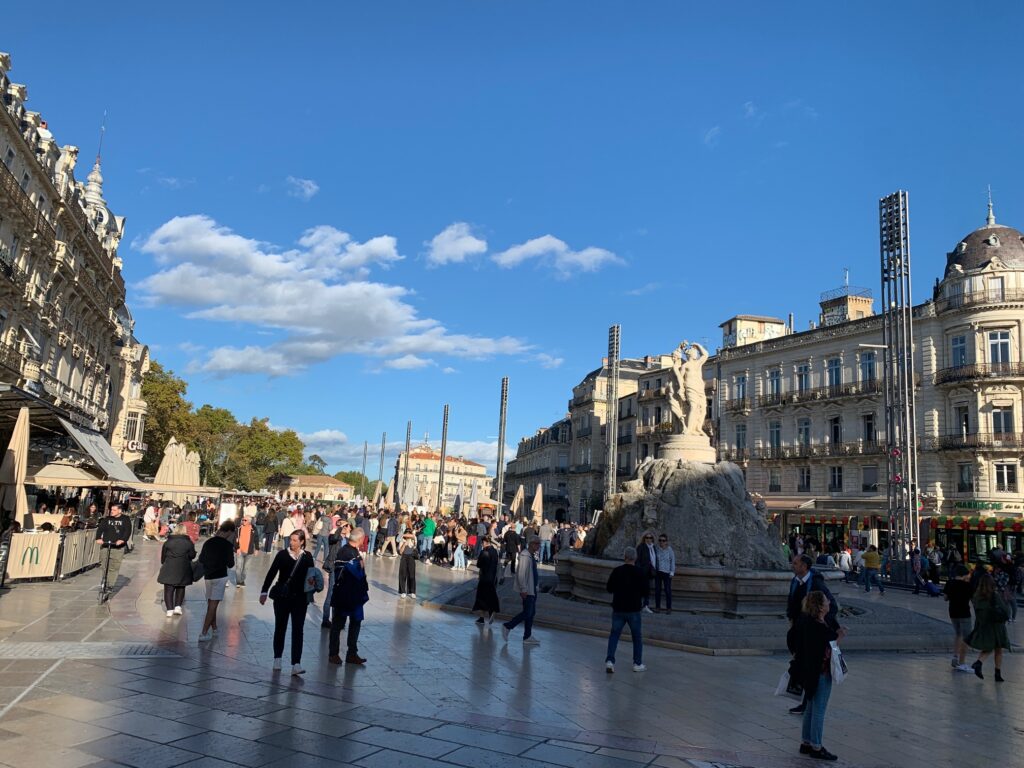

After the Eglise Saint-Roch de Montpellier, we walked over to Place de la Canourgue. This is a large plaza with a number of restaurants surrounded by old buildings. Not far from the plaza is the Les Allegories de McCollum, a site that has a number of colorful statues.
Next was the Arc de Triomphe which is the little brother of the one in Paris. What is astounding about this arc is the yellow colored stones used to erect the monument. The surface carvings are also nice to look at.
Across the street from the arc is the Promenade du Peyrou which is a large open park. The park sits on a bluff and has views of the city and the terminus of the Aqueduc Saint-Clement (see first photo). This arched aqueduct is beautifully preserved, tall and long. You cannot see its other end as it fades into the trees.


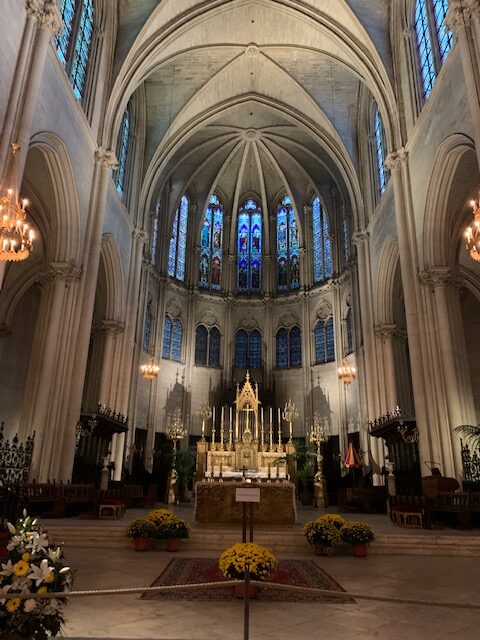

Down the street from Promenade du Peyrou are the Jardin des Plantes, the Montpellier Cathedral and Faculte de Medecine. The Jardin des Plantes is a large park that is full of plants and trees. There are a lot of walking trails that allow visitors to momentarily detach from the hustle and bustle of the surrounding places. The Montpellier Cathedral is a large cathedral with stained glass windows and is open to the public.
Adjacent to the cathedral is the Faculte de Medecine. It is the home of the oldest medical school in the world. There are many inscriptions on the wall that show the school has been in existence since the 13th century.
Summary
Travel opens our minds and hearts. This was manifested when we explored Southern France. Initially, we had no intentions of visiting Arles, Avignon, Carcassonne, Lourdes and Montpelier. But due to our travel schedule fluidity, we had to make a change. And we were glad we did.
Southern France is rich in history. What is astounding besides the fact that these monuments and structures are huge, is that they were erected without the use of modern tools and equipment. It is just mind boggling to think how such large stones were carved, transported and set in place.
Arles Roman Amphitheatre is beautifully restored and preserved. It is one of the more complete Roman amphitheaters we have visited, far more complete than the one we saw in Taormina, Sicily and rivals that of Pompeii’s Teatro Grande in Italy.
Avignon is another fortified city and was the former home of the Pope back in the 14th century. Before coming to Avignon, we only heard of lavender fields in this region of Provence.
Carcassonne was a discovery for us. We never expected to find an intact walled medieval city complete with a castle. It truly took us back in time.
Lourdes is world famous. There is no substitute for being there. That is why about three million people make the pilgrimage to Lourdes to make that deep spiritual connection.
Montpilier was a surprise for us. Besides the large plazas and outdoor restaurants common in Europe, this city offers some things that are unique. The realistic murals at Place Edouard Adam and in front of the Eglise Saint-Roch de Montpellier were just enjoyable to look at. The Arc de Triomphe and the Aqueduc Saint-Clement are testaments of human ingenuity and creativity.
There are certainly other historical places in Southern France that are out there waiting to be explored. To us, these places in Southern France are more meaningful and enjoyable than flocking to Paris which is too busy and commercialized.

